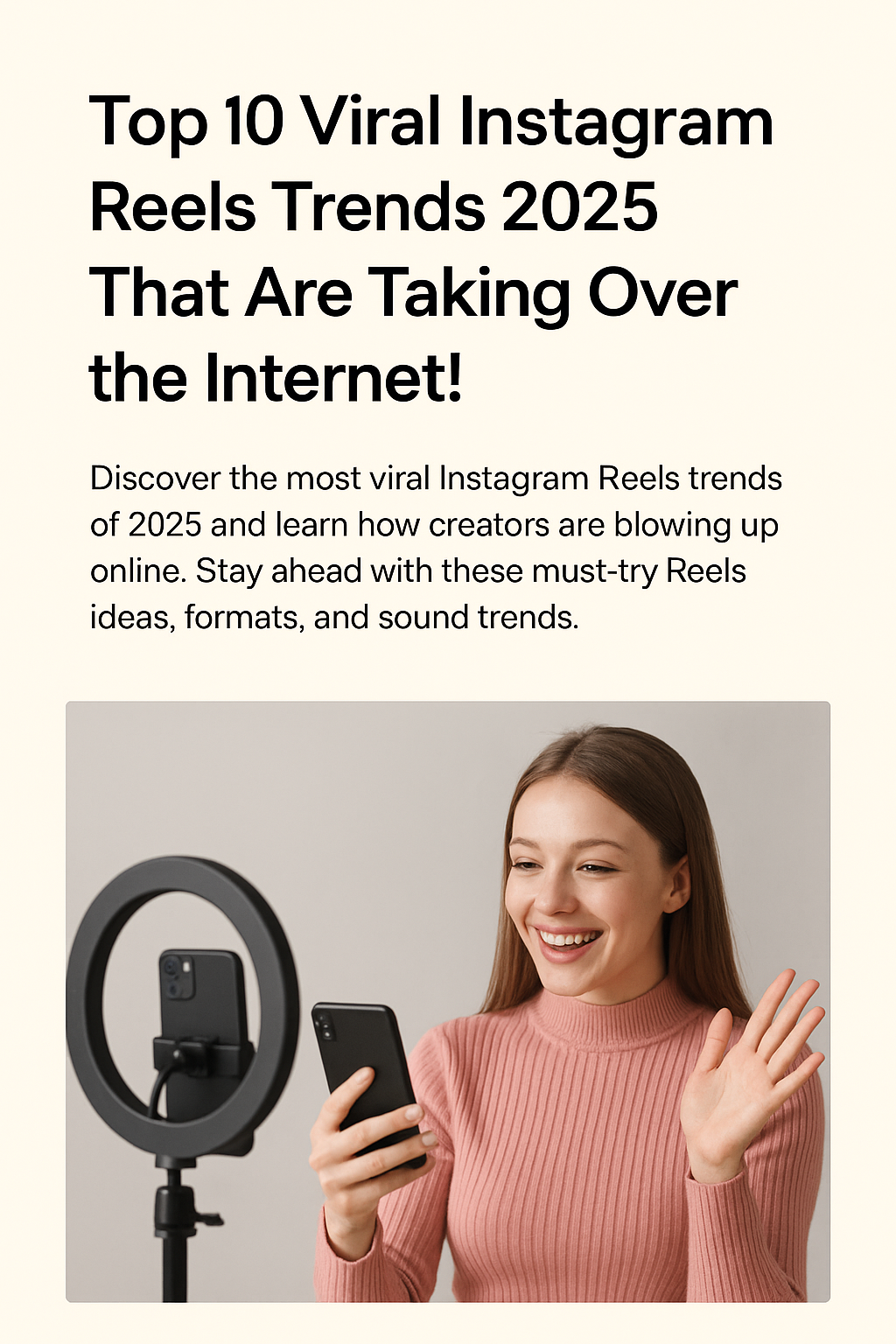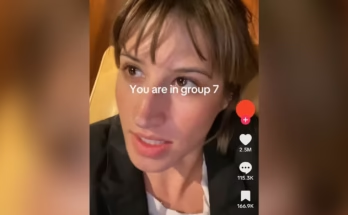Introduction
In 2025, the marketing world is flooded with content every second. Yet, viral marketing continues to capture attention and deliver unmatched results. But why is this strategy still effective? Is it just luck, or is there more science behind the virality phenomenon? In this article, we’ll explore why viral marketing remains a powerful tool in the modern digital landscape and how brands can leverage it to grow faster than ever before.
What is Viral Marketing?
Definition and Basics
Viral marketing is a strategy that encourages individuals to share a brand’s message rapidly, much like a virus spreads from person to person. The ultimate goal is to generate exponential exposure with minimal effort and cost. Think of it as a snowball effect—once it starts rolling, it grows exponentially.
Examples from Recent Years
From the “Ice Bucket Challenge” to trending TikTok dances, viral marketing campaigns have proven their ability to captivate audiences worldwide. Even in 2025, campaigns that hit the emotional or entertaining nerve can spread across continents in hours.
Evolution of Viral Marketing
From Traditional to Digital
Viral marketing started with word-of-mouth and traditional media. Flyers, TV commercials, and radio ads once dominated the field. Today, digital platforms have made virality instantaneous and trackable, allowing marketers to reach millions overnight.
Social Media’s Role
Social media platforms like Instagram, TikTok, YouTube, and even emerging platforms in 2025 have become the playgrounds for viral campaigns. Short, engaging, and highly shareable content thrives here.
TikTok, Instagram, and YouTube Shorts
TikTok’s algorithm-driven feed and YouTube Shorts’ fast-paced content consumption have made them primary channels for viral success. Creative, relatable, and visually captivating clips often go global within hours.
Why Businesses Still Rely on Viral Marketing
Cost-Effectiveness
Compared to traditional advertising, viral marketing is extremely budget-friendly. One clever video can outperform millions spent on ads if it catches the public’s attention.
Massive Reach in Short Time
A single viral post can reach millions worldwide in just 24 hours. This instant visibility is unmatched by traditional campaigns.
Strengthening Brand Awareness
Viral marketing doesn’t just sell products; it builds awareness and makes a brand memorable. People remember brands that make them laugh, cry, or feel inspired.
Key Psychological Triggers Behind Virality
Emotion-Driven Content
Content that evokes emotions—be it joy, awe, or even sadness—tends to be shared more. People connect with feelings and want to pass them on.
Humor and Relatability
Funny, relatable content spreads quickly because it entertains while validating shared experiences. Everyone wants to share a laugh with friends.
Fear of Missing Out (FOMO)
When people feel like they might miss a trend, event, or meme, they’re more likely to engage and share content, accelerating its viral potential.

Types of Viral Marketing Strategies in 2025
User-Generated Content (UGC)
Encouraging users to create and share content gives campaigns authenticity. People trust peers more than brands, which makes UGC highly effective.
Interactive Campaigns
Quizzes, challenges, polls, and AR filters engage audiences directly, increasing both participation and shareability.
Influencer Collaborations
Influencers provide instant access to highly engaged communities. Partnering with them boosts credibility and reach.
Case Studies of Successful Viral Campaigns
Memorable Social Media Campaigns
Campaigns like Spotify’s Wrapped and Duolingo’s humorous posts have shown that creativity and relatability can propel content to viral status.
Unexpected Trends That Went Viral
Sometimes, the most unexpected content—like a quirky meme or accidental video—can explode online. The lesson? Stay flexible and ready to ride the wave.
Tools and Platforms for Viral Marketing
Social Media Analytics
Analytics platforms help track engagement, identify trends, and optimize content strategies for virality.
Trend Prediction Tools
AI-driven tools forecast upcoming trends, allowing marketers to create content that aligns with what’s about to go viral.
Content Scheduling & Automation
Automated posting ensures timely content delivery, maximizing reach when audience engagement is at its peak.
Common Mistakes to Avoid
Overly Salesy Content
Content that screams “buy now” rarely goes viral. Audiences want value, entertainment, or emotion—not sales pitches.
Ignoring the Target Audience
Failing to understand who your audience is can make even creative campaigns flop. Know your niche, culture, and preferences.
Lack of Authenticity
Audiences spot inauthenticity immediately. Genuine stories, reactions, and experiences resonate more than forced campaigns.
How to Measure Viral Marketing Success
Engagement Metrics
Likes, shares, comments, and mentions indicate how well your content is resonating with audiences.
Conversion Rates
Viral content should ideally translate into actions—website visits, sign-ups, or purchases.
Brand Sentiment Analysis
Monitor conversations and feedback to ensure virality translates into positive brand perception.
Future of Viral Marketing Beyond 2025
AI-Driven Campaigns
AI tools will predict trends, optimize content, and even create personalized viral experiences tailored to individual users.
Short-Form Video Domination
The short-video format will continue dominating due to its digestibility, shareability, and high engagement rates.
Personalized Viral Experiences
Imagine viral campaigns tailored to each user’s interests, creating a hyper-personalized experience that encourages sharing.
Conclusion
Viral marketing is far from obsolete in 2025. It thrives on creativity, relatability, and emotional resonance. Brands that understand the psychology of sharing, leverage social platforms effectively, and embrace innovative strategies will continue to ride the wave of virality successfully. As trends evolve, staying flexible and authentic is key to keeping your content in the spotlight.
FAQs
Q1: Is viral marketing suitable for small businesses in 2025?
Yes! Small businesses can leverage creativity and social media to reach massive audiences without huge budgets.
Q2: How long does a viral campaign usually last?
Virality often peaks within days or weeks, but the long-term brand impact can last months or even years.
Q3: Can AI tools guarantee virality?
No tool guarantees virality, but AI can help optimize content, predict trends, and increase chances of success.
Q4: Which social media platform is best for viral marketing in 2025?
TikTok, Instagram, and YouTube Shorts are currently the most effective platforms for viral content.
Q5: What is the biggest mistake in viral marketing?
Being overly sales-focused or inauthentic can quickly sabotage a campaign. Engagement and relatability matter most.




